- News
- Reviews
- Bikes
- Accessories
- Accessories - misc
- Computer mounts
- Bags
- Bar ends
- Bike bags & cases
- Bottle cages
- Bottles
- Cameras
- Car racks
- Child seats
- Computers
- Glasses
- GPS units
- Helmets
- Lights - front
- Lights - rear
- Lights - sets
- Locks
- Mirrors
- Mudguards
- Racks
- Pumps & CO2 inflators
- Puncture kits
- Reflectives
- Smart watches
- Stands and racks
- Trailers
- Clothing
- Components
- Bar tape & grips
- Bottom brackets
- Brake & gear cables
- Brake & STI levers
- Brake pads & spares
- Brakes
- Cassettes & freewheels
- Chains
- Chainsets & chainrings
- Derailleurs - front
- Derailleurs - rear
- Forks
- Gear levers & shifters
- Groupsets
- Handlebars & extensions
- Headsets
- Hubs
- Inner tubes
- Pedals
- Quick releases & skewers
- Saddles
- Seatposts
- Stems
- Wheels
- Tyres
- Health, fitness and nutrition
- Tools and workshop
- Miscellaneous
- Tubeless valves
- Buyers Guides
- Features
- Forum
- Recommends
- Podcast
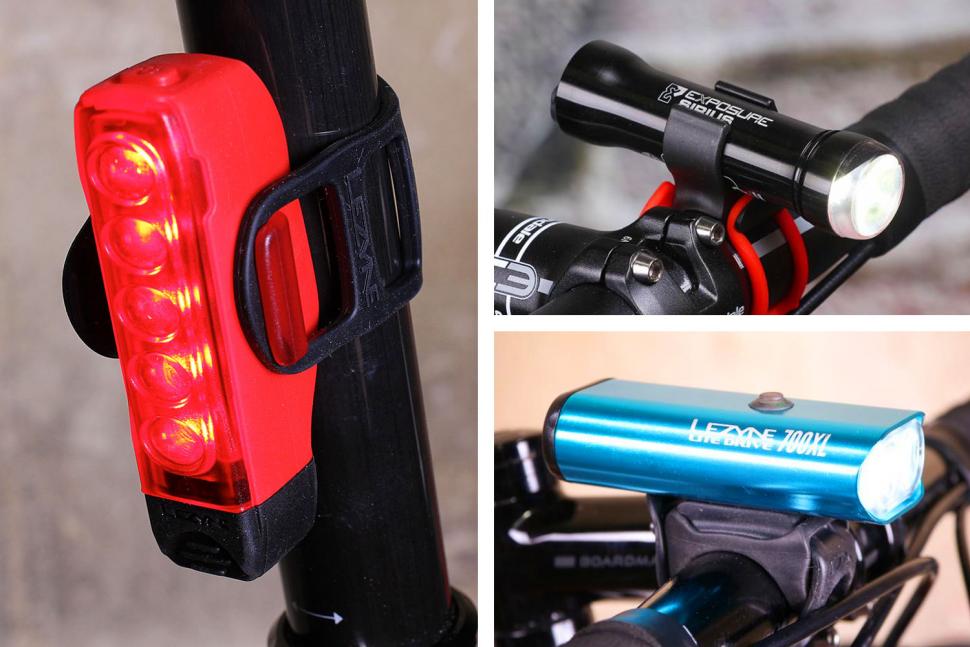 Should cyclists use daytime running lights Sept 2018
Should cyclists use daytime running lights Sept 2018Should cyclists use daytime running lights? Plus the best front and rear daytime cycling lights
You need front and rear lights for cycling in the dark, but do you also need to use lights in the daytime? We look at the argument for using lights during the daytime and round up a bunch of front and rear lights to consider if you do want to increase your visibility.
The best daytime running lights
- Lezyne Strip Drive Front — £29.49
- Magicshine Seemee 30 Combo — £24.99
- Giant Recon TL 200 rear light — £29.04
- Exposure Link Daybright — £55.96
- Blackburn DayBlazer 1100 — £55.99
- See.Sense Icon 2 rear light — £79.99
- Exposure Lights TraceR DayBright — £39.60
- Exposure Lights Sirius DayBright — £75
- Lezyne Strip Drive Pro 300 rear light — £52
- Lezyne Lite Drive 1000XL — £59.49
- Specialized Flux 900 Headlight — £69.99
- Bontrager Flare R City — £24
- Moon Comet-X front bike light — £15.75
It may not have escaped your attention that all new cars sold in the UK legally have to have daytime front lights. So should cyclists also be looking to boost their visibility when cycling in the daytime with front and rear lights? In a recent survey of 500 road.cc readers on Twitter, 52% said they do want daytime lights. It perhaps wasn't the result we were expecting.
Read more: The best front lights for cycling — beam comparison plus how-to-choose guide
To meet this demand, there are a growing number of bike brands marketing lights with daytime running modes, but what does this actually mean and are they any different to lights designed for nighttime cycling?
Exposure Lights has added a new Day Bright mode to its front and rear lights this winter. And it is more than just a flashing mode says Exposure’s Mark Swift. “The DayBright pulse pattern is the most noticeable to ensure it is recognised at distance on rural roads and also enable the light to cut through the noise of the urban town or city traffic and road distractions within daylight hours," he says.
“As the pulse pattern is not regular, once seen DayBright stays highlighted by the brain's receivers and ensures the cyclist is noticed,” adds Mark.
Why would a cyclist want to use lights during the daytime? Surely there’s no need when it’s light?
“Why not!” says Specialized’s William Watt. “Beyond smart responsible riding, visibility on the road is quite simply the most important investment a rider can make in their safety, particularly in a congested urban environment where every road user has a multitude of distractions. Daytime lights give the rider that extra layer of visibility on the road, particularly for that notorious black spot on the near side of traffic.”
It's not always bright and sunny during a typical UK winter day though. It’s often murky, drab and almost dark. Daytime lights can be used in these conditions says Exposure's Mark to help make cyclists stand out in changing light conditions and when “cycling in cities between building or country road in and out of tree cover where the sun cuts through the gaps but is then eclipsed by an obstacle the drivers eyes can sometimes not adjust fast enough. DayBright ensures the cyclist is spotted.”
It’s a stance that is backed up by See.Sense, a company that launched an intelligent daylight back in 2013 and every light since has had a daytime focus. “Daylight visibility has been really important to us right from the start,” the company tells road.cc. “When you consider that 80% of cycling accidents happen during the day, attracting attention to other road users as early as possible during these times is really quite crucial. Think about modern cars, they have their lights running almost any time you see them on the road. Why shouldn't it be the same, if not even more important for cyclists?”
That 80% figure that See.Sense refers to is based on evidence compiled by ROAP and you can read more facts and figures about the number of cyclists injured or killed in accidents here.
The argument for using daytime lights is starting to gather pace, but has anyone actually carried out a detailed survey to assess the impact of cyclists running daytime lights? Handily, just such a survey exists. It was conducted in Denmark in 2004/05 with 3,845 cyclists and concluded that those cyclists with permanent running lights recorded a 19% lower incident rate than a control group not using lights.
“The study shows that use of permanent bicycle running lights reduces the occurrence of multiparty accidents involving cyclists significantly,” the controlled experiment concluded. You can read that paper here.
So should we all start using daytime lights then? See.Sense recommends using flashing lights to help attract attention sooner. “When you have lights that flash brightly from both front and rear can help alert drivers sooner than a solid light, reducing risks out on the road,” the company tell us.
13 front and rear daytime lights
If you’re interested in daytime lights, here are a selection currently available in bike shops. There are loads more lights to consider in this buyers guide and don’t forget the beam comparison engine if you’re shopping for lights as well.
Lezyne Strip Drive Front — £29.49
The Lezyne Strip Drive 400 has been updated with a bright and really eye-catching day time flash, commendable battery life and faster charging. As with the old model, it's also fairly light, easy to operate, has loads of functions and is waterproof too. It's more of a be-seen rather than seeing light, though.
Read our review of the Lezyne Strip Drive Front
Magicshine Seemee 30 Combo — £24.99
The Magicshine Seemee 30 Combo is a set of 30 lumen LED lights aiming to get you seen. The slim profile means they easily attach to seat posts, seat stays, forks or handlebars, and features such as infrared ambient light sensors are rarely found at this price. They're easy to use, stuffed with useful features and very visible around town.
Read our review of the Magicshine Seemee 30 Combo
Giant Recon TL 200 rear light — £29.04
Giant's Recon TL 200 is an excellent rear light, offering lots of brightness, useful modes and decent run-times.
The Recon TL 200 is a bigger and brighter version of the TL 100. Which you choose comes down to personal preference, but for the extra tenner the 200 gets our vote for the extra brightness and run-time it offers.
Read our review of the Giant Recon TL 200
Exposure Link Daybright — £55.96
The Exposure Link Daybright is a secondary helmet light that adds 360-degree visibility and is great for being seen in heavy traffic. Designed and made in the UK, build quality is exceptional, it's very tough and run-times are reasonable bearing in mind its size and two LEDs.
Read our review of the Exposure Link Daybright
Blackburn DayBlazer 1100 — £55.99
The Blackburn Dayblazer 1100 front light is the biggest of the Dayblazer family. It's a beautifully made, five-function, compact torch type, capable of producing – surprise, surprise – 1100 lumens in its brightest setting, great for blasting along backroads, but with lower settings, pulsing and strobing for more built-up areas and for daylight running.
Read our review of the Blackburn DayBlazer 1100
See.Sense Icon 2 rear light — £79.99
The See.Sense was arguably the first smart light that used sensors to alter the brightness and speed of flash to suit different lighting conditions, as well as being able to detect car headlights. The light was so well received that it won the road.cc People’s Choice award in 2015 and they’ve since followed up with the 300 lumen Icon 2. You can read the review here.
Exposure Lights TraceR DayBright — £39.60
The TraceR is Exposure’s smallest and most affordable rear light with its new Day Bright mode. It has a 75-lumen rating with a three to 24 hour run time, weighs just 35g and has three brightness levels. Side visibility has been considered in the design of the light as well.
Exposure Lights Sirius DayBright — £75
If you want a bright and lightweight front light for commuting then the Sirius is a good option, with 575 lumens bright enough for most riding situations and a choice of seven modes, including the new DayBright. It’s easy to use and mount to the handlebars, with a tactile power button and battery gauge LED.
Lezyne Strip Drive Pro 300 rear light — £52
Lezyne has been producing lights with daytime visibility in mind for the past five years, intended to be brighter with unique flash patterns to be more visible to other road users up to 1 mile away. It offers 15 lights with a daytime flash mode, here are two contenders.
The Strip Drive 300 rear light, with its 300-lumen output, is one of the brightest lights on the market right now but there are 11 modes to choose from to suit all riding conditions. It packs a 100-lumen punch in the daytime mode, definitely ensuring you’ll boost your visibility.
Read our review of the Lezyne Strip Drive Pro 300
Lezyne Lite Drive 1000XL — £59.49
For front daytime lights, Lezyne offers the Lite Drive 1000XL. The small unit comprises two LEDs pumping out 1,000 lumens with a high-visibility daytime flash mode.
Read our review of the Lezyne Lite Drive 1000XL
Specialized Flux 900 Headlight — £69.99
Not to be left out, Specialized has developed the Flux 900 front light with two different LEDs with dedicated optics to provide the ideal beam pattern, and it also offers a daytime flash mode which reduces the lumen count to 300.
Bontrager Flare R City — £24
Bontrager was an early proponent of daytime lights and this Flare R City light is its smallest rear light. Despite its diminutive proportions, the light packs out 35 lumens from a single LED and offers up to five hours in the dedicated daytime flash mode.
Read our review of the Bontrager Flare R City
Bontrager has even had some of the Trek Factory Racer pros using daytime rear lights during the 2015 Tour de France prologue stage, but that marketing stunt aside we’ve not seen the lights in use since.
Moon Comet-X front bike light — £15.75
Moon offers two lights with a dedicated daytime flash mode, using a slow pulse that is designed to boost visibility as well as maximising battery runtime, with a claimed 23 hours in this mode. It’s small and light and at 120 lumens in the daytime mode plenty bright enough. There’s also a matching rear light
Read our review of the Moon Comet-X light
So daytime lights then, will you be investing or is the cynic in you thinking that the bike industry is just trying to sell more lights? Let us know in the comments section below.
Explore the complete archives of reviews of front lights and rear lights on road.cc
David worked on the road.cc tech team from 2012-2020. Previously he was editor of Bikemagic.com and before that staff writer at RCUK. He's a seasoned cyclist of all disciplines, from road to mountain biking, touring to cyclo-cross, he only wishes he had time to ride them all. He's mildly competitive, though he'll never admit it, and is a frequent road racer but is too lazy to do really well. He currently resides in the Cotswolds, and you can now find him over on his own YouTube channel David Arthur - Just Ride Bikes.
Latest Comments
- ktache 1 hour 27 min ago
The batteries were not the easiest to find, and the brackets broke easily. The switch was far better than the D cell quick release ever readys that...
- ktache 1 hour 53 min ago
There are people out there who will make you the belt out of your old tyre.
- chrisonabike 1 hour 54 min ago
Furry dice and an air freshener for your helmet.
- AidanR 2 hours 7 min ago
Looking at the pictures in the linked article, the bikes aren't actually inconsiderately parked. The only issue is that they're on private property...
- Simon E 2 hours 42 min ago
Ah yes, those are hopefully not the 'master craftsmen' that has constructed a wide range of shoddy Italian cars and motorbikes over the years with...
- Simon E 3 hours 5 min ago
A SuperSix is definitely not an all-rounder....
- JLasTSR 3 hours 11 min ago
Since most of.my clothes come.from.charity shops.or the eBay nearly for.nothing clothing section I don't tend.to.worry if they wear out, I am also...
- chrisonabike 3 hours 57 min ago
Just get them to walk a treadmill - or better, ride exercise bikes to power path lighting.
- AidanR 4 hours 33 min ago
So his advisers were trying to move funds around to cover losses, but in a way that needlessly created additional liabilities? It would have been...
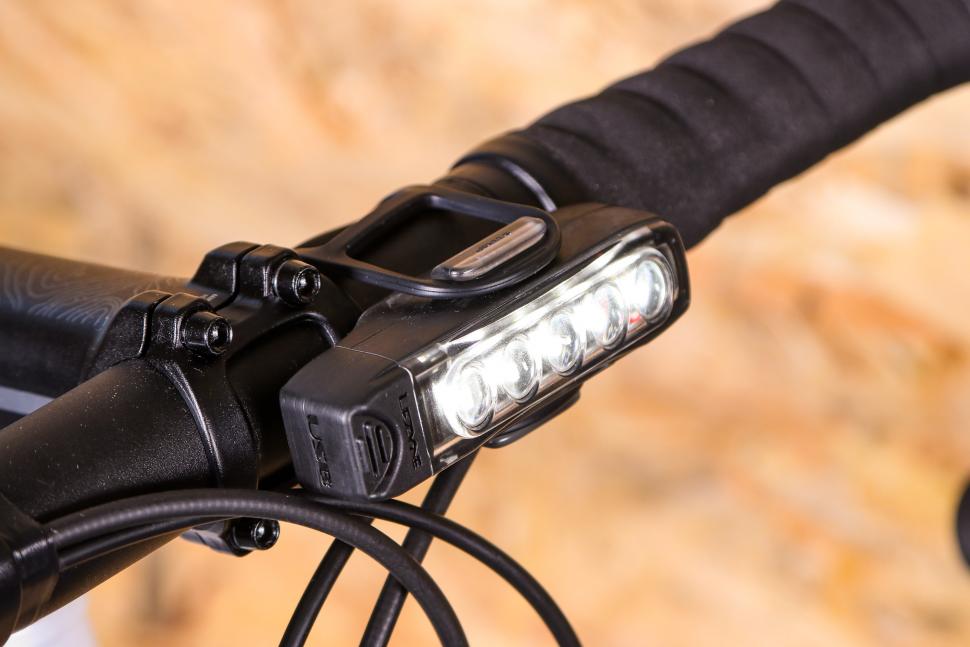

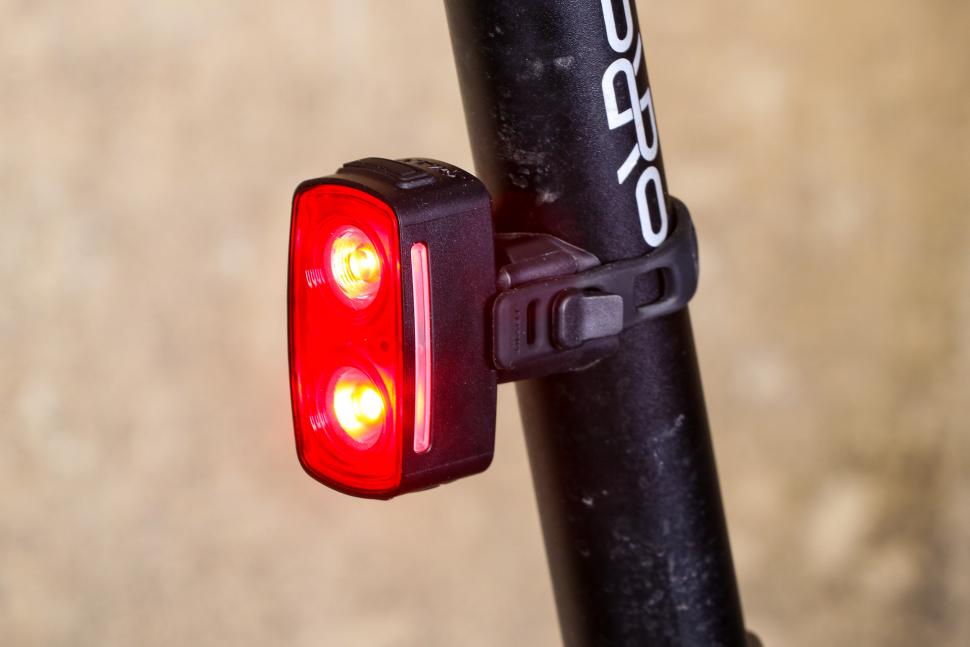

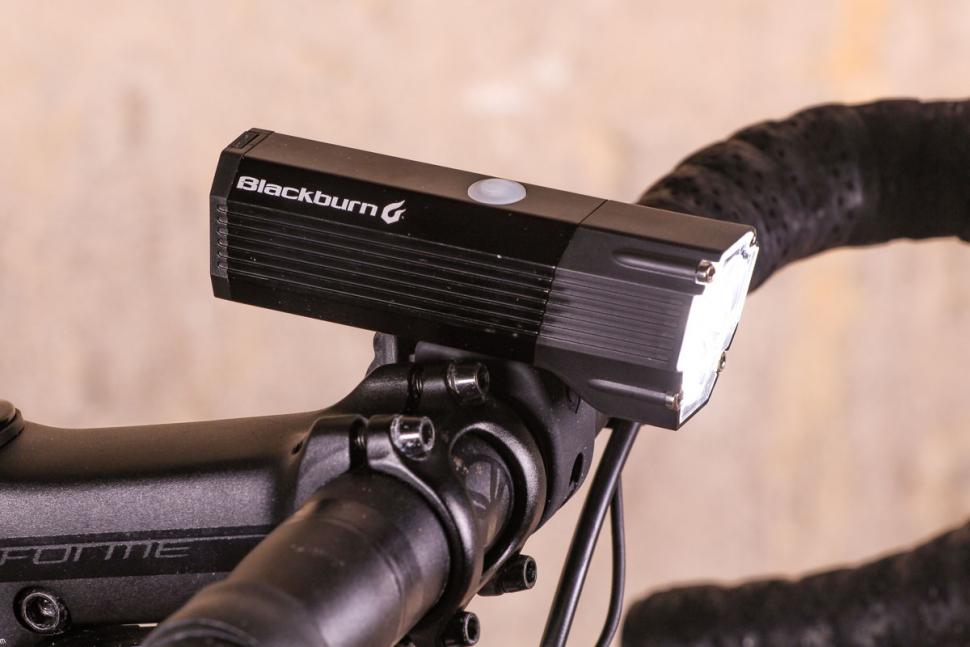
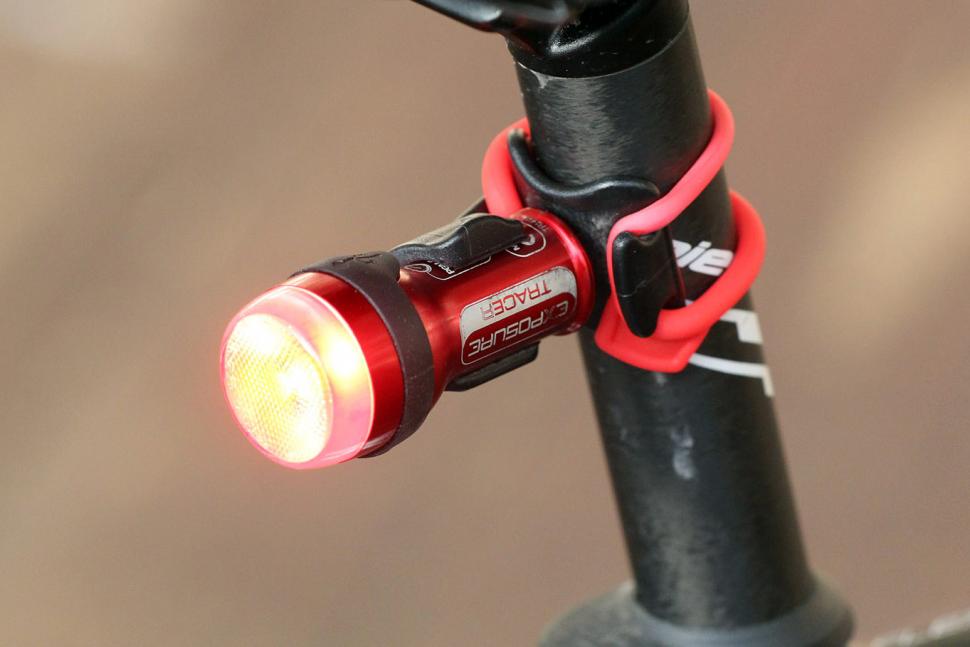

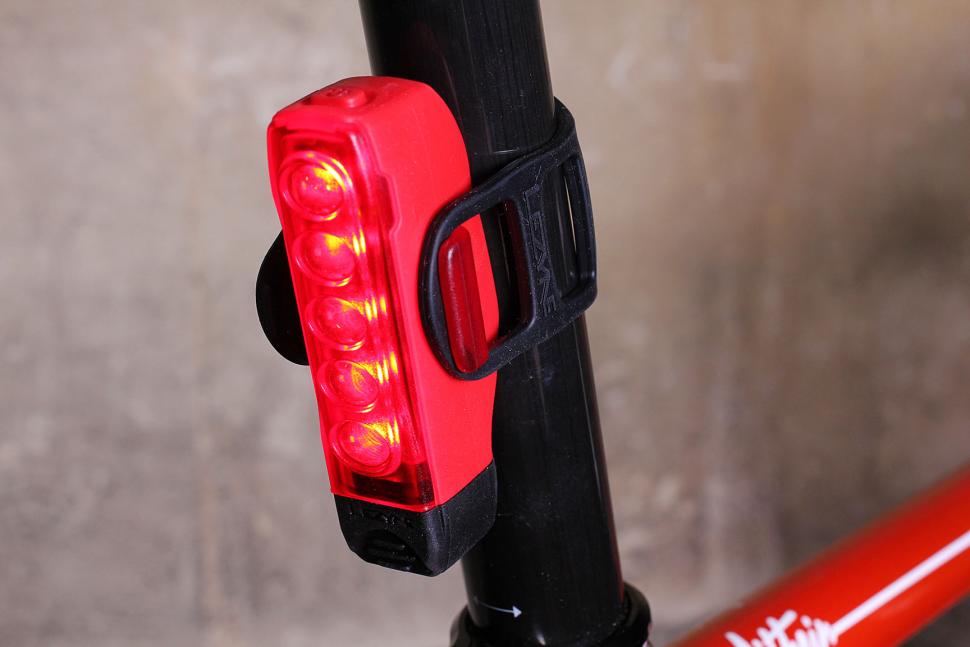
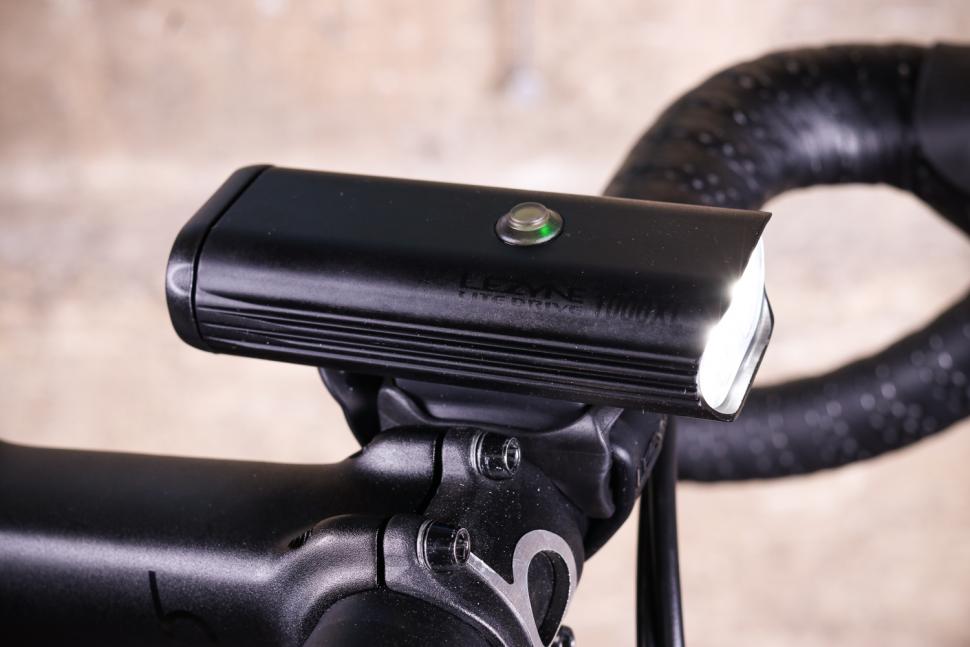
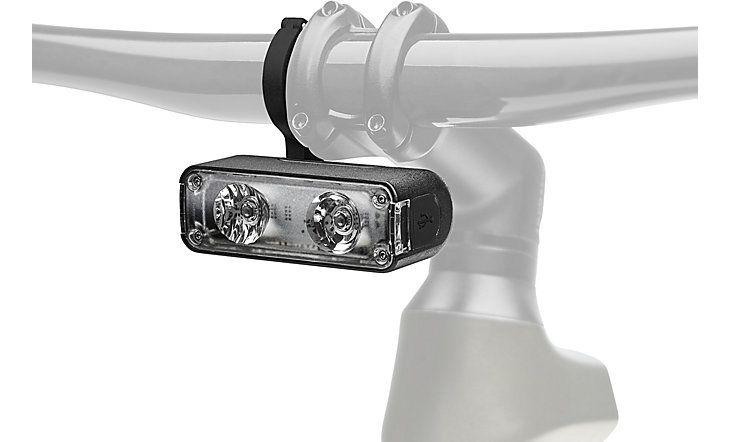
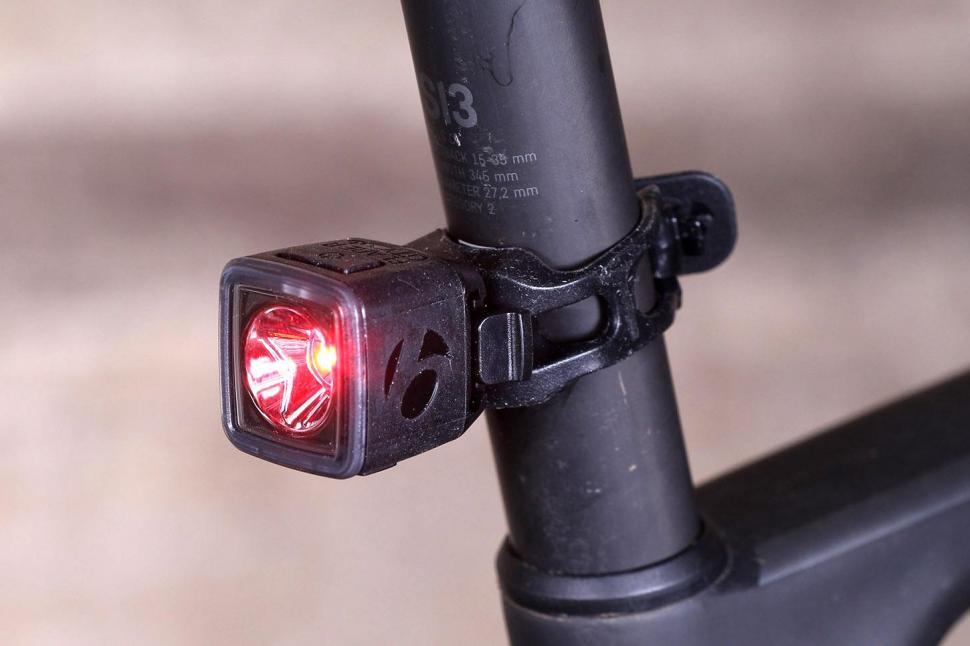
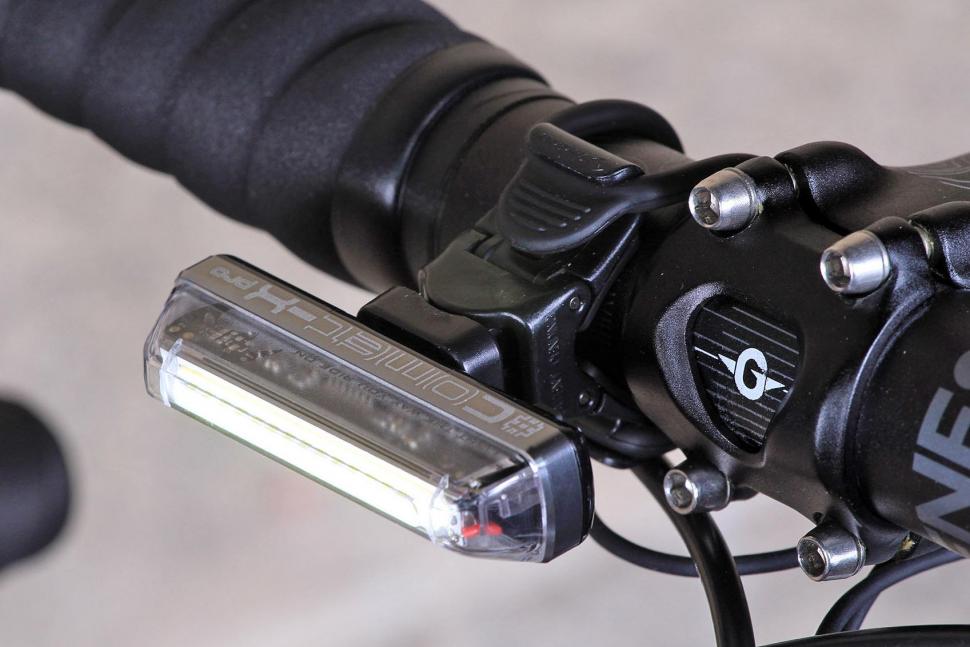
Add new comment
122 comments
Agreed, I won't go out without a GOOD rear light (normally see.sense). I've recently picked up a Knog Mini Chippy on the front as well.
I think daytime lights are a good thing. I tend to run my rear light on all the time. The front one less often. Perhaps I ought to run the front one on too.
As an aside, it's hard to credibly question spurious polls (as some recent articles have) and then report the results of a twitter poll as offering any insight beyond: people seem interested, we ought to investigate this properly.
Pages